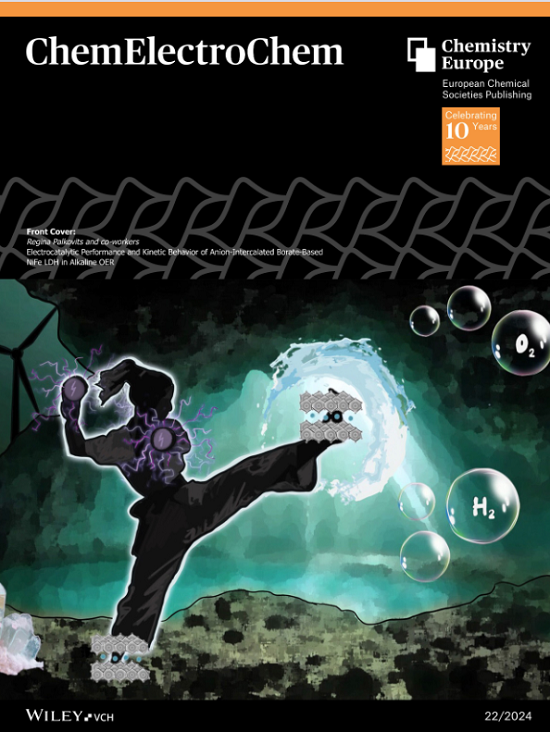fmoc保护肽的溶剂激活选择性电化学脱羧乙酰氧基化
IF 3.5
4区 化学
Q2 ELECTROCHEMISTRY
引用次数: 0
摘要
抗体-药物偶联物的肽基连接物的合成涉及氧化脱羧步骤。由于氧化不稳定的fmoc保护基团的存在,传统的Hofer-Moest电解条件不适合实现这种转化。在此,建立了溶剂激活的电化学程序,其中溶剂电化学窗口防止保护基团的降解。该方法已被证明对几种相关肽有良好到非常好的收率(64-92%)。本文章由计算机程序翻译,如有差异,请以英文原文为准。

Solvent-Enabled Selective Electrochemical Decarboxylative Acetoxylation of Fmoc-Protected Peptides
The synthesis of peptide-based linkers for antibody-drug conjugates involves an oxidative decarboxylation step. Traditional Hofer–Moest electrolysis conditions are not suitable to achieve this transformation due to the presence of an oxidatively labile Fmoc-protecting group. Herein, a solvent-enabled electrochemical procedure has been established, whereby the solvent electrochemical window prevents degradation of the protecting group. The method has been demonstrated for several relevant peptides in good to very good yields (64–92%).
求助全文
通过发布文献求助,成功后即可免费获取论文全文。
去求助
来源期刊

ChemElectroChem
ELECTROCHEMISTRY-
CiteScore
7.90
自引率
2.50%
发文量
515
审稿时长
1.2 months
期刊介绍:
ChemElectroChem is aimed to become a top-ranking electrochemistry journal for primary research papers and critical secondary information from authors across the world. The journal covers the entire scope of pure and applied electrochemistry, the latter encompassing (among others) energy applications, electrochemistry at interfaces (including surfaces), photoelectrochemistry and bioelectrochemistry.
 求助内容:
求助内容: 应助结果提醒方式:
应助结果提醒方式:


